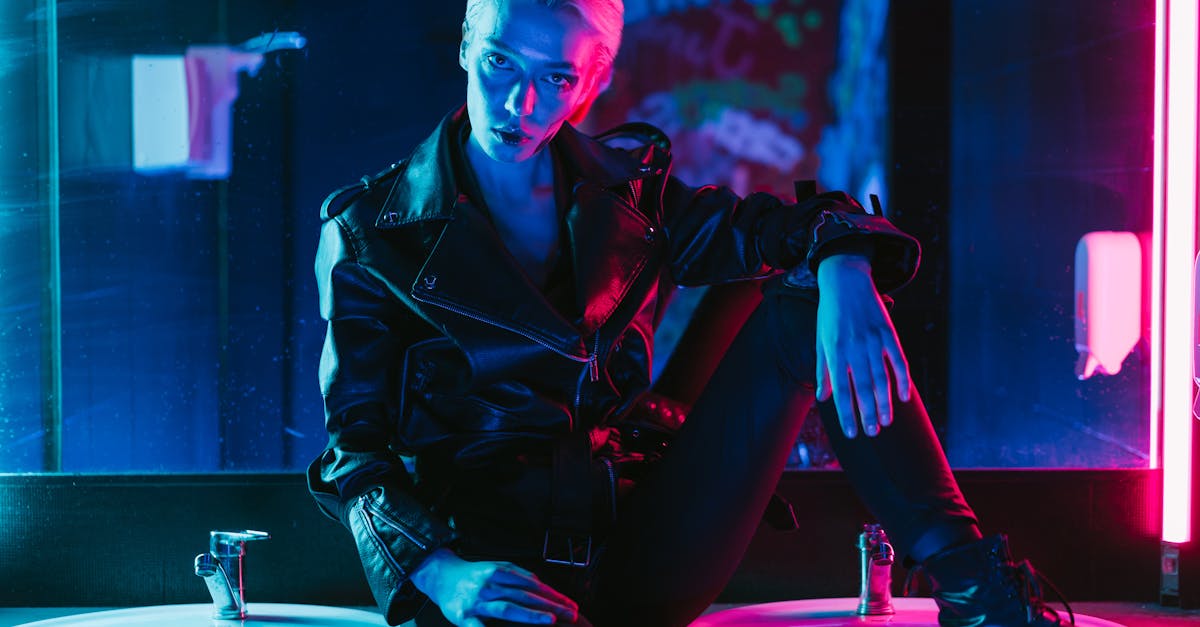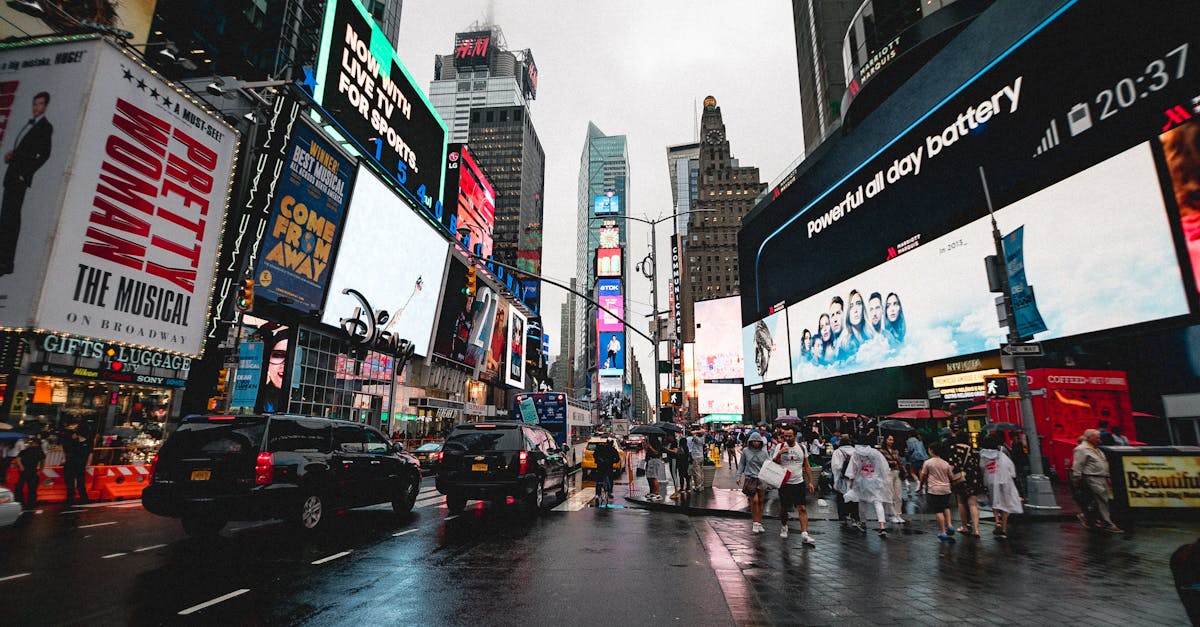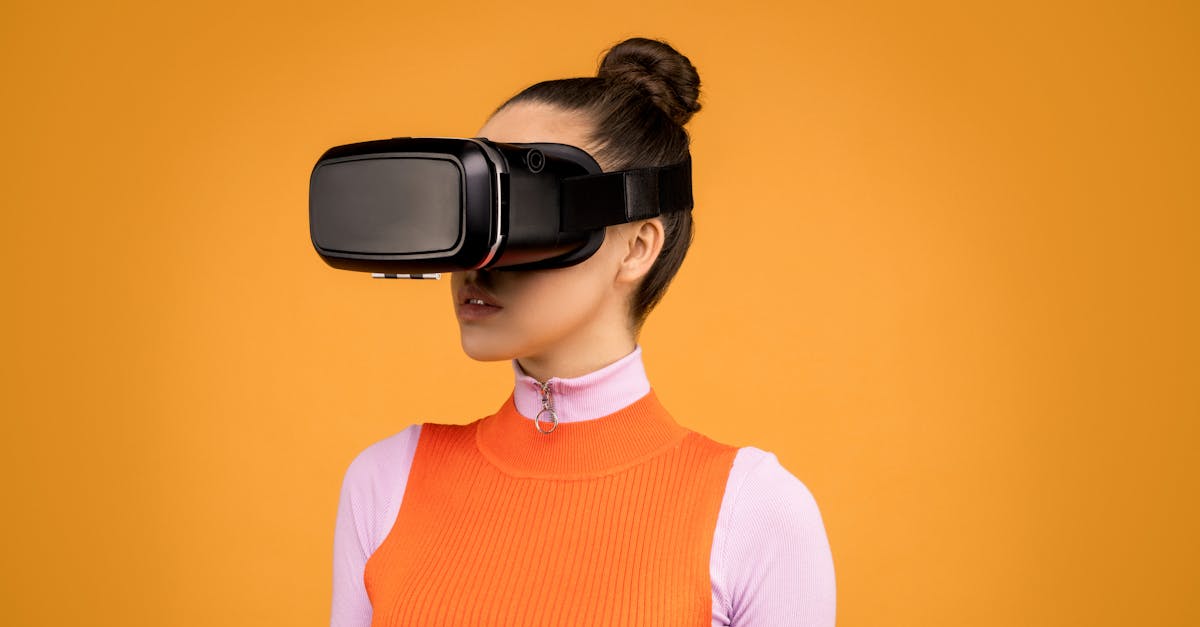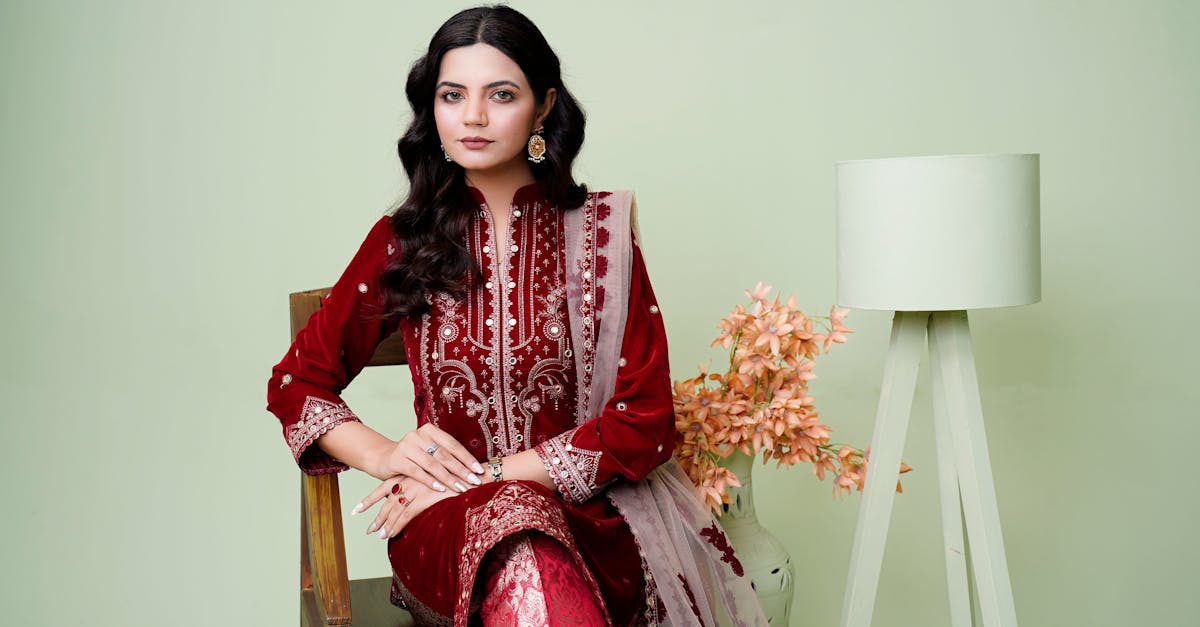Exploring Futuristic Fashion Dojo 2030
The Emergence of Futuristic Fashion
In the year 2030, the landscape of the fashion world has undergone an exhilarating transformation. Fashion is no longer just about aesthetics; it intertwines with cutting-edge technology and environmental consciousness to create an industry ripe with innovation. This era embraces smart textiles, wearable technology, and 3D-printed garments, reshaping our perceptions of style. The boundaries between science and fashion blur as traditional fabrics merge with digital interfaces. As consumers seek personalization and inclusivity, the Futuristic Fashion Dojo leads the way, exploring newfound possibilities in design and sustainability.
Advertisement
The Role of Smart Fabrics
At the heart of futuristic fashion is the development of smart fabrics—materials embedded with technology enabling them to perform advanced tasks. Imagine clothing that changes color based on mood, adjusts its thermal properties according to weather, or even tracks health metrics like heart rate and body temperature. These textiles incorporate nano-materials, microchips, and conductive threads, transforming simple attire into complex, interactive garments. The health and fitness industries benefit greatly, with clothes offering real-time feedback and alerts, ensuring a seamless integration of lifestyle and convenience.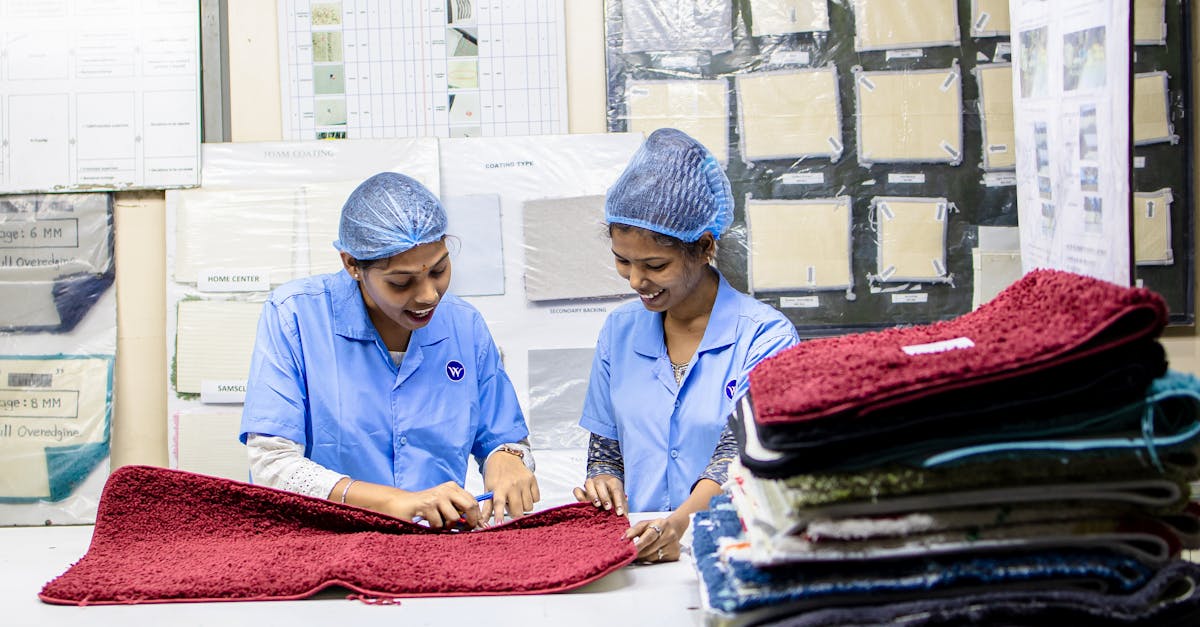
Advertisement
Innovations in Wearable Tech
Wearable technology has evolved beyond watches and fitness trackers to become a fundamental element of futuristic fashion. High-tech accessories such as augmented reality glasses, and ear-mounted interfaces represent a dynamic fusion of utility and style. High-end brands collaborate with tech companies to create solar-powered bags and shoes that charge devices. Fashion becomes an interactive experience, with clothes that respond to voice commands or gestures. Wearable tech in 2030 is not just an accessory but a lifestyle statement, reflecting an individual's personality and tech-savvy nature.
Advertisement
Personalized Fashion with AI
While personalized shopping experiences are not new, artificial intelligence in 2030 amplifies the concept, offering curated fashion choices tailored to individual preferences and lifestyles. AI-driven fashion advisors create virtual fitting rooms, allowing users to visualize garments in real-time. Machine learning algorithms predict trends, facilitating designers in crafting bespoke collections meeting the evolving tastes of consumers. Massive digital wardrobes store one’s clothing data, ready to be accessed or altered by AI without the need to own physical garments, promising a more inclusive fashion ecosystem.
Advertisement
3D Printing Revolutionizes Garment Production
3D printing technology has marked a new chapter in the fashion industry, enabling designers to create masterpieces without traditional constraints. Printed garments, shoes, and accessories reduce waste by manufacturing pieces only when needed. Standard sizes give way to highly precise, customized fits. From intricate lace designs to breathable athletic wear, 3D printing allows limitless creativity. Moreover, consumers can access downloadable files, customizing and printing their own attire—a leap towards democratizing fashion and making sustainability part of the mainstream design process.
Advertisement
Sustainability as a Fashion Pillar
The fashion dojo of 2030 is built on the pillar of sustainability. The industry actively reduces environmental impact through the use of biodegradable materials, recycling technology, and ethically sourced components. Consumers prioritize eco-friendly choices, driven by an increasing awareness of fast fashion's ecological cost. Companies innovate with algae-based fabrics, dyeing methods that use no water, and regenerative farming practices. Transparent supply chains encourage brands to invest in circular economies, ensuring garments enjoy prolonged life cycles and minimal environmental footprint.
Advertisement
The Fusion of Culture and Technology
Futuristic fashion uniquely blends cultural heritage with modern technology, celebrating diverse identities and traditions. Designers are inspired by indigenous textiles, reimagining them with technological accents that preserve cultural narratives. Digital craftsmanship, such as intricate laser cutting and embroidery, respects the past while embracing future advancements. These creations are treasured, affirming cultural identity while being globally accessible via virtual and augmented reality stores. As technology democrifies design, diverse voices shape a fashion culture echoing global stories, capturing the essence of what it means to be human in a connected world.
Advertisement
Retail Revolution and E-Boutiques
In 2030, shopping experiences are as revolutionary as the fashion itself. Mixed reality and virtual fashion shows reconstruct consumer engagement, replacing traditional runways with interactive displays. E-boutiques offer shoppers a virtual tour of collections, presenting a direct line between designers and fashion enthusiasts. Augmented reality lets consumers try on clothes, pairing them with AI's utility of personal stylists for seamless, hassle-free purchases. Technology bridges geographical gaps, making every purchase feel personal, redefining the global retail landscape as an intimate, personalized experience.
Advertisement
The Challenges Ahead
Despite its advancements, the futuristic fashion dojo navigates challenges ranging from tech accessibility to ethical concerns. Integrating technology across diverse economic landscapes remains a hurdle. Furthermore, digital garments face intellectual property discussions, and the balance between consumer data privacy and personalization remains contentious. Fashion must also grapple with rapid technological adaptation, questioning longevity amid fleeting obsolescence. Industry frontrunners focus on protecting ethical practices while ensuring the harmonious evolution of technology and fashion, aiming for a future inclusive of all consumers, regardless of technological adoption rates.
Advertisement
Conclusion: Embracing the Fashion Future
With its innovative strides, the 2030 fashion dojo dramatically reshapes the world’s wardrobe. As garments become more than mere fabric, interactions between fashion, technology, and sustainability construct a visionary realm. Balancing personal tastes, cultural respect, and environmental mindfulness, futuristic fashion captivates a global audience. Though challenges exist, the industry marches forward, cultivating creativity, boundary-pushing innovation, and an enlightened consumer consciousness. As we venture into this interconnected future, fashion speaks volumes—not only defining who we are but also where our world is headed.
Advertisement


